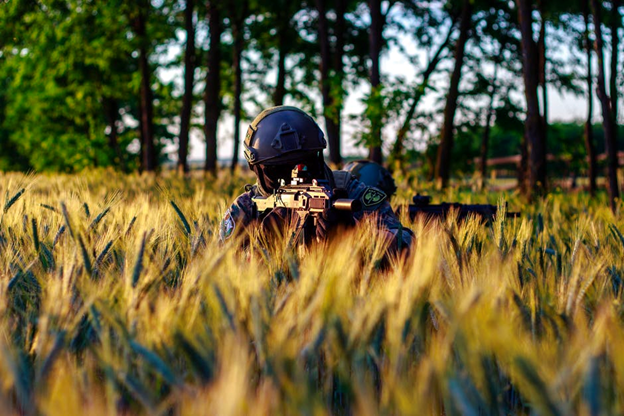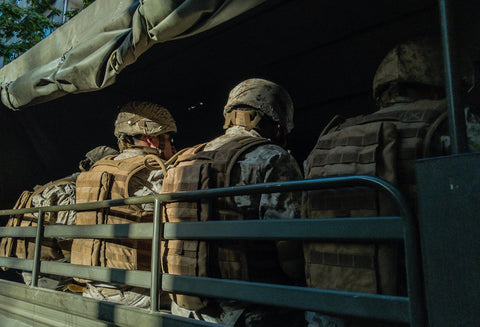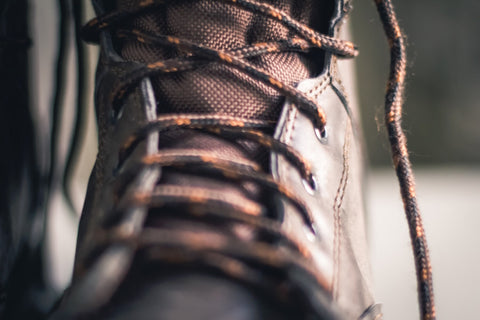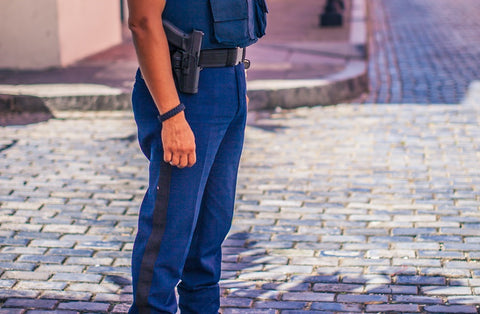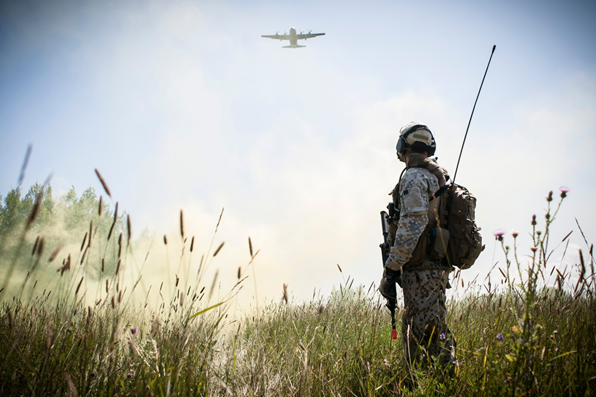The History of Body Armour
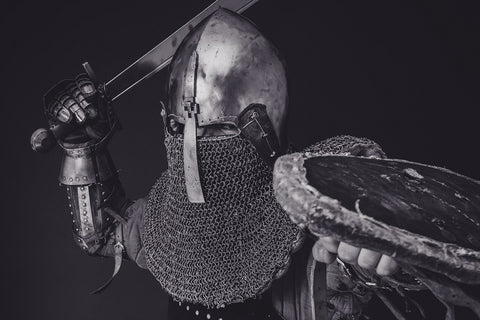
Comparing Modern Body Armour to Ancient Gear
Today, we have access to state-of-the-art body armour. The stuff that tactical professionals use in modern times is designed with the right materials and expertise to protect the body in many ways. Surely, it would shock warriors from past centuries.
Body armour has come a long way from chain mail suits. Have you ever been curious about the body armour that was popular in the past? Read below to learn about the history of body armour, and how gear from the old times compares to what we have today.
READ MORE: Comparing Armour Options – Vests Vs. Plate Carriers
The Evolution of Body Armour
Manufacturers of the past began developing more intricate body armour as more technological advancements were made. However, new technology isn’t the only thing that fueled the improvements we’ve seen in body armour.
You could also thank the cycle of weapons and armour. What do we mean by this? Well, as wars throughout history waged on, armies tried to develop the best weapons they could. To defend against these weapons, tougher armour was made. To combat the armour, newer and deadlier weapons were made...and so on.
The cycle led to advancements that soldiers would have never expected to see – read about them below.
READ MORE: Cleaning and Maintaining Body Armour
The First Ever Body Armour
It is believed that the first ever form of body armour in Western history was used in 1400 B.C. This is the dendra panoply, a set of armour found in a Mycenaean tomb. The dendra panoply is made of bronze plates, which are held together with leather straps to cover parts of the upper torso.
Medieval Times
This era is also known as the Middle Ages and refers to the period in Europe leading up to the 15th century, which marked the fall of the Western Roman Empire. During the Middle Ages, you’d typically see soldiers wear chain mail.
This type of armour contains a series of metal rings that form a mesh-like pattern. It was designed to protect from weapons like swords that have edges and blades. Unfortunately for its wearers, chain mail was too flimsy to ultimately protect bodies from stab wounds.
Ancient Rome
You’ve probably seen some of the shiny gear that Romans wore in some of the popular movies about Ancient Rome. One of the era’s most commonly seen armour types was lorica segmentata. This was made from several layers of iron plates, usually fashioned as strips that were funneled over top of one another.
WWI and WWII
Surprisingly, soldiers rarely wore body armour at the beginning of World War I, if at all. This changed when British soldiers began wearing steel helmets, but this provided little protection. Many historians believe body armour could have saved thousands of lives during the first world war.
World War II, meanwhile, saw soldiers from all sides bringing body armour to the battlefield. For Canadian soldiers, most pieces of equipment were supplied by Britain or the U.S.
The flak jacket was prominent during the second world war. This type of vest was designed specifically to protect the wearer from projectiles and explosives, like grenades and shots from artillery.
Korean War
The flak jacket was also commonly worn during the Korean War, which began in the early 1950s. This time, the vest was upgraded. It had previously been made from manganese steel plates, but developers began using tougher materials.
Modern Armour
We’ve already seen a ton of impressive body armour developments in the 21st century. But one older material has still remained popular: Kevlar. This fibre-like material became popular in the 1970s and is still used today due to its combination of durability and flexibility.
Wondering about the future of body armour? We can sum it up in two words: liquid armour. This is an exciting advancement. It usually takes 40 layers of Kevlar to actually stop a bullet, but certain liquids have properties that can limit the amount of layers required, ultimately making armour lighter.
Different Types of Armour Currently on the Market
Nowadays, tactical professionals don’t just cover their head and torso. A quality set of gear should cover the whole body, which includes your fingertips all the way down to your feet. For that reason, we offer state-of-the-art tactical gear that fits your needs, whether your angle is law enforcement, the military, or hunting. Check out our vests, gloves, and armour plates.
READ MORE: Incorporating a Plate Carrier Into Your Workouts
If the history of body armour shows us anything, it’s that tactical pros should always keep up with the ongoing developments being made on armour. You wouldn’t want a hostile enemy to get the upper hand by simply having better equipment than you – and history shows that the right gear can make all the difference.



